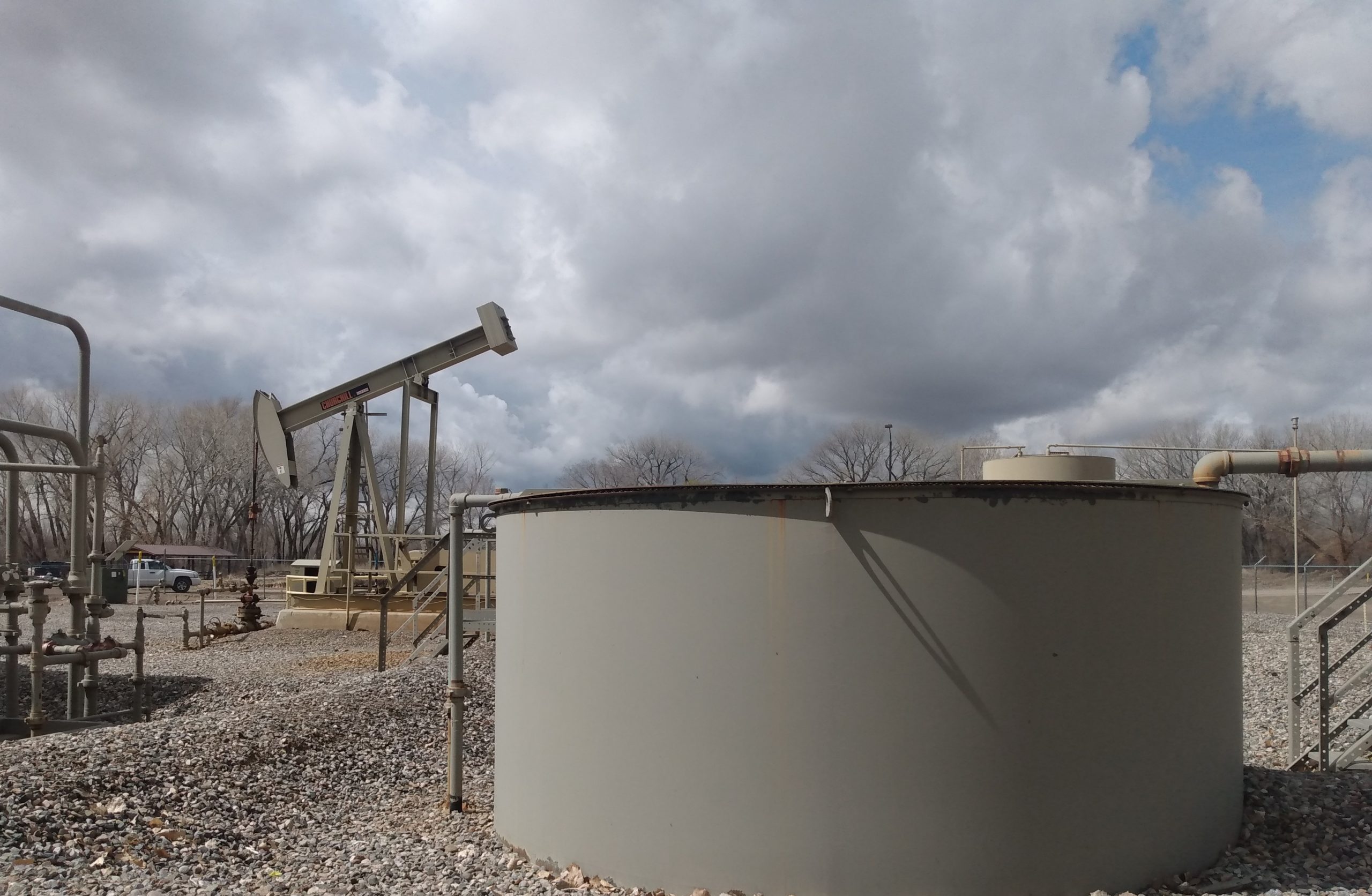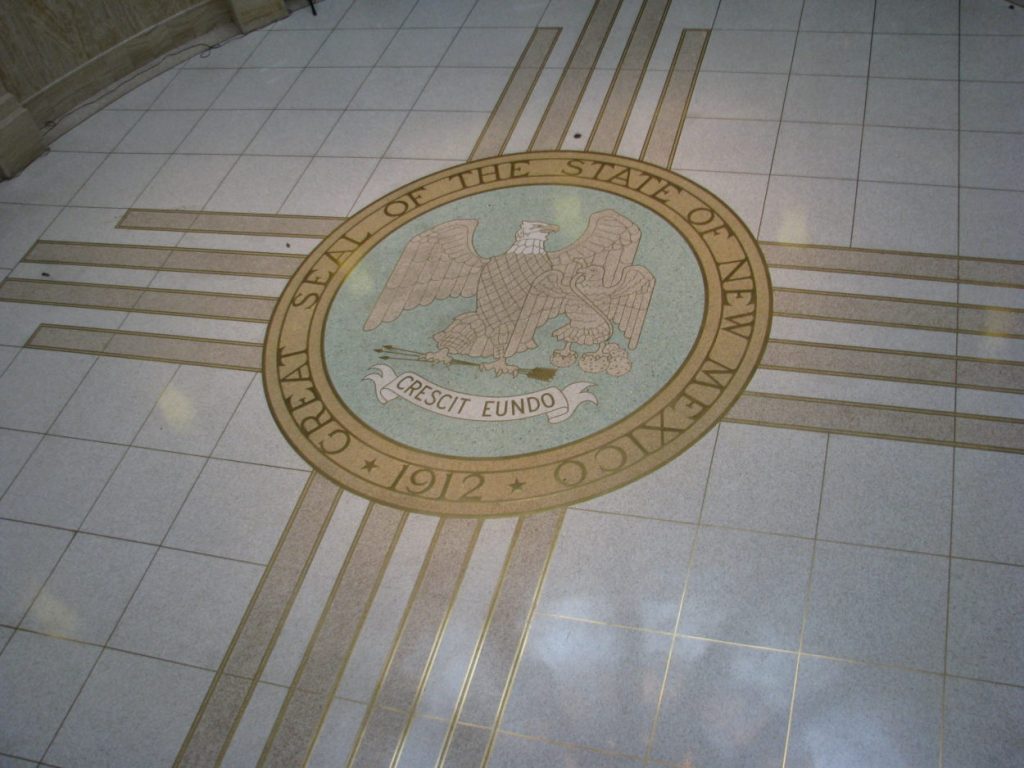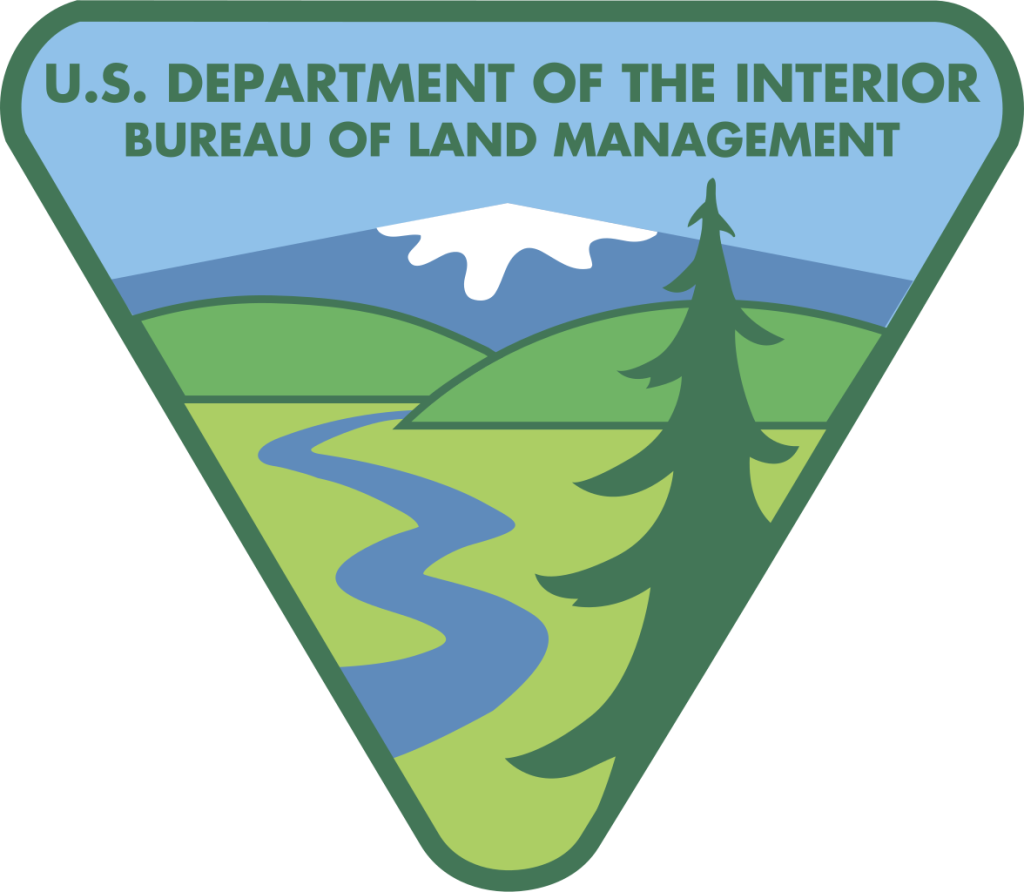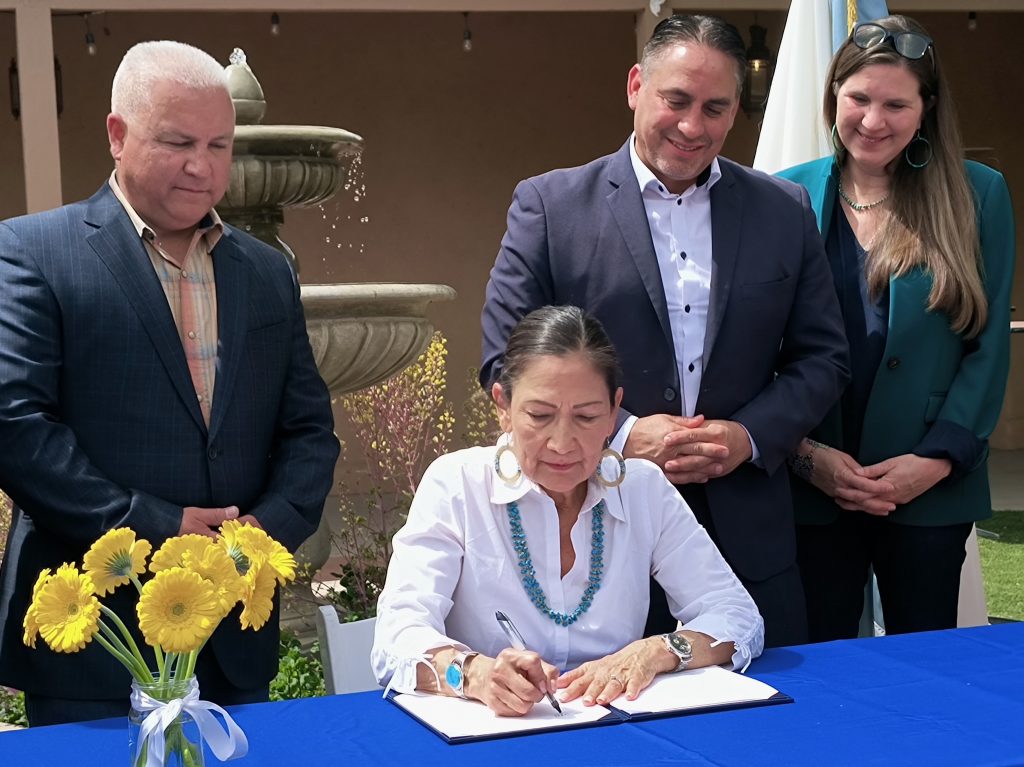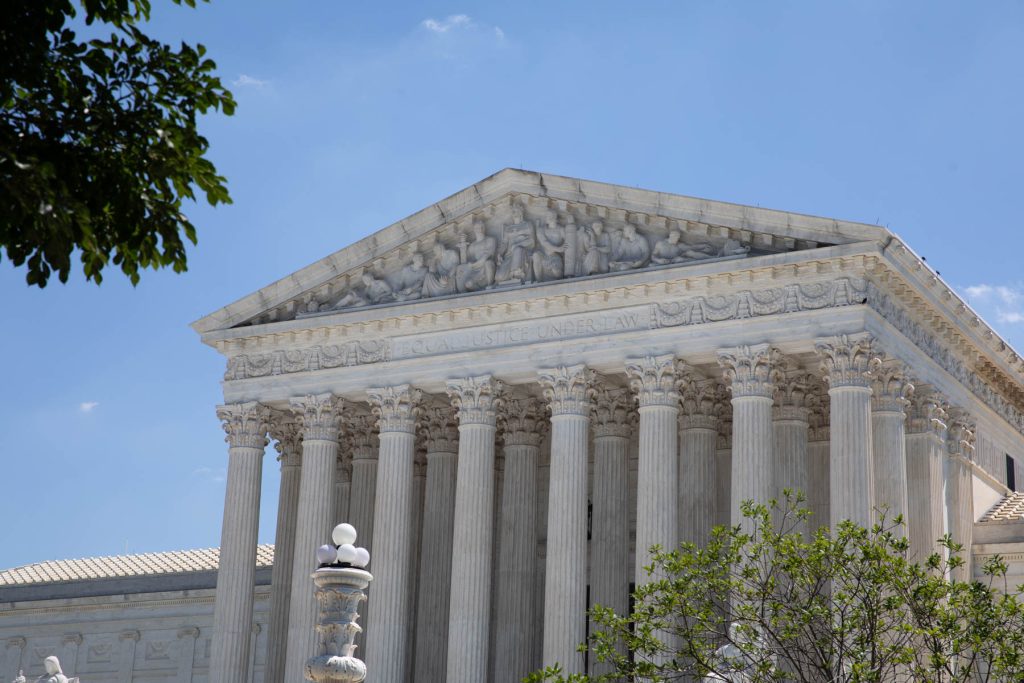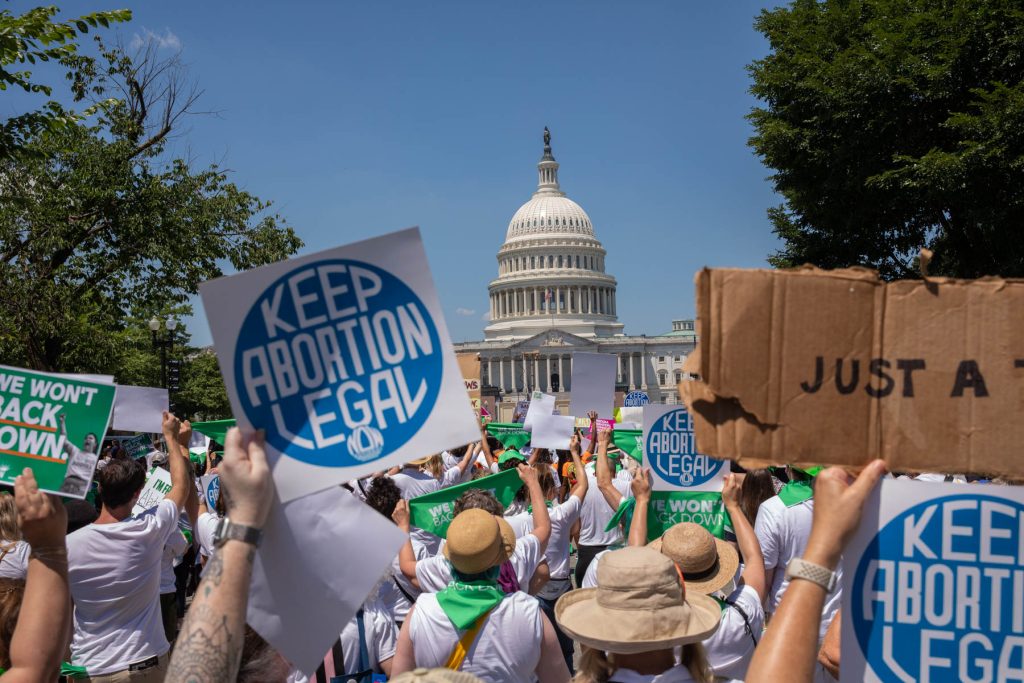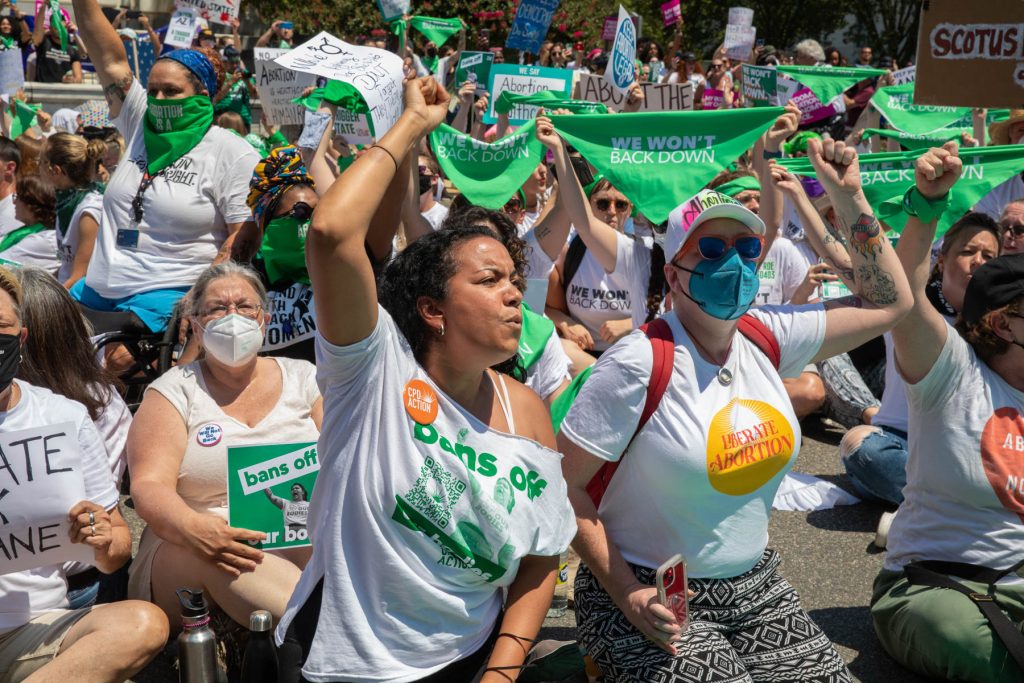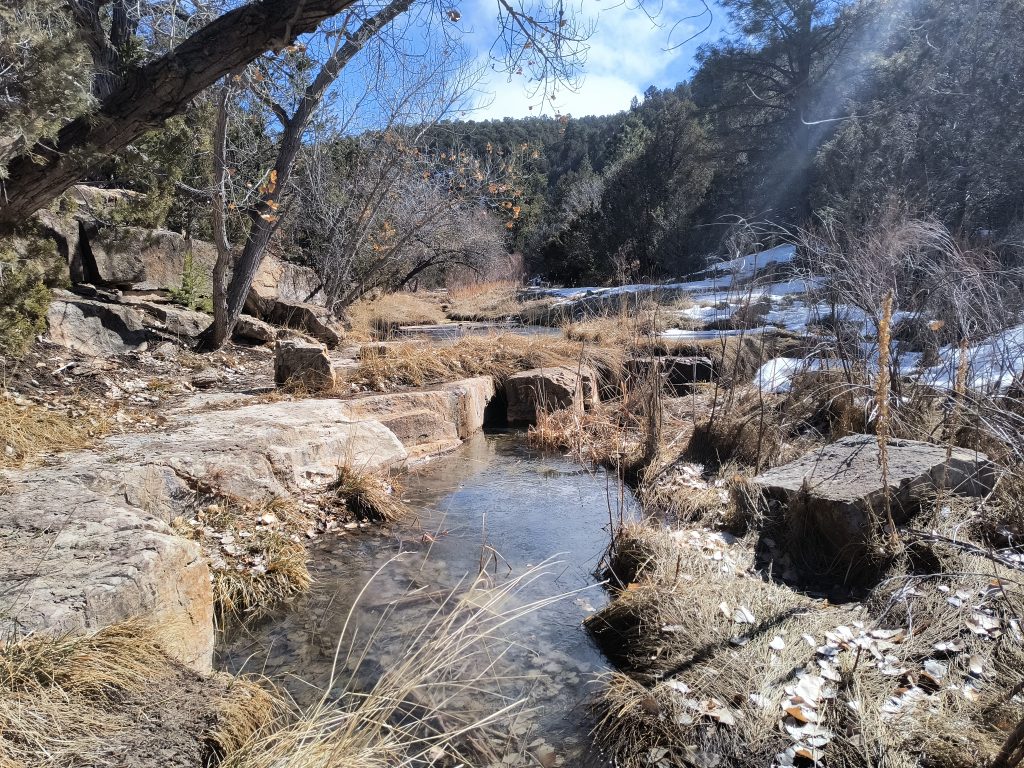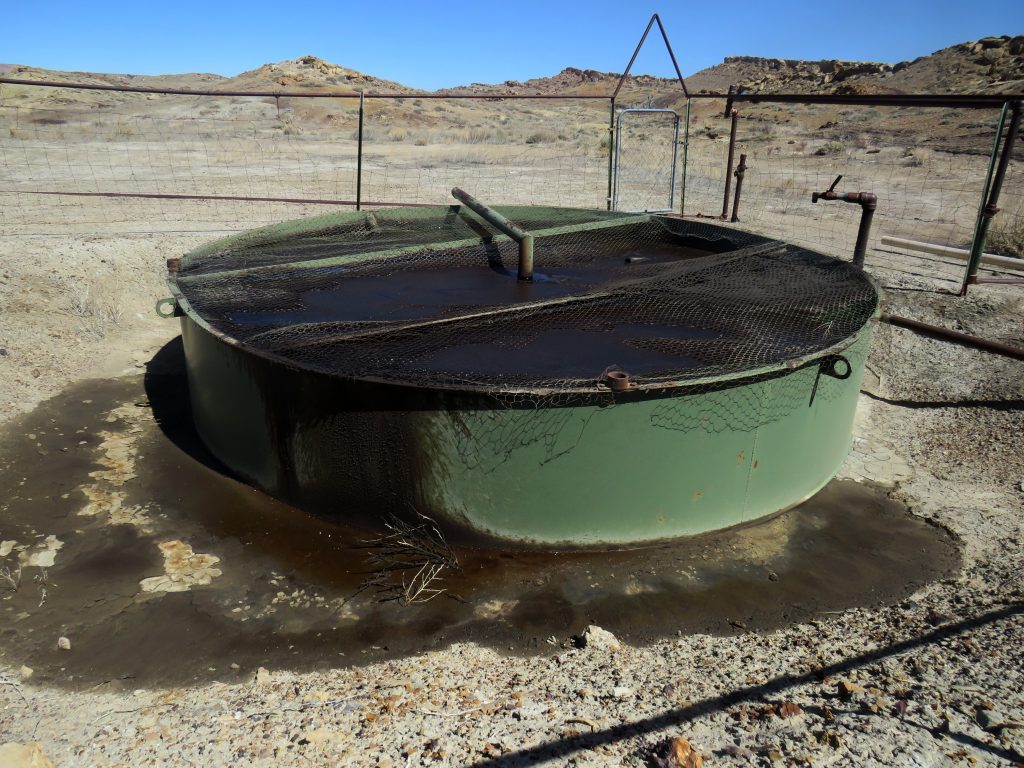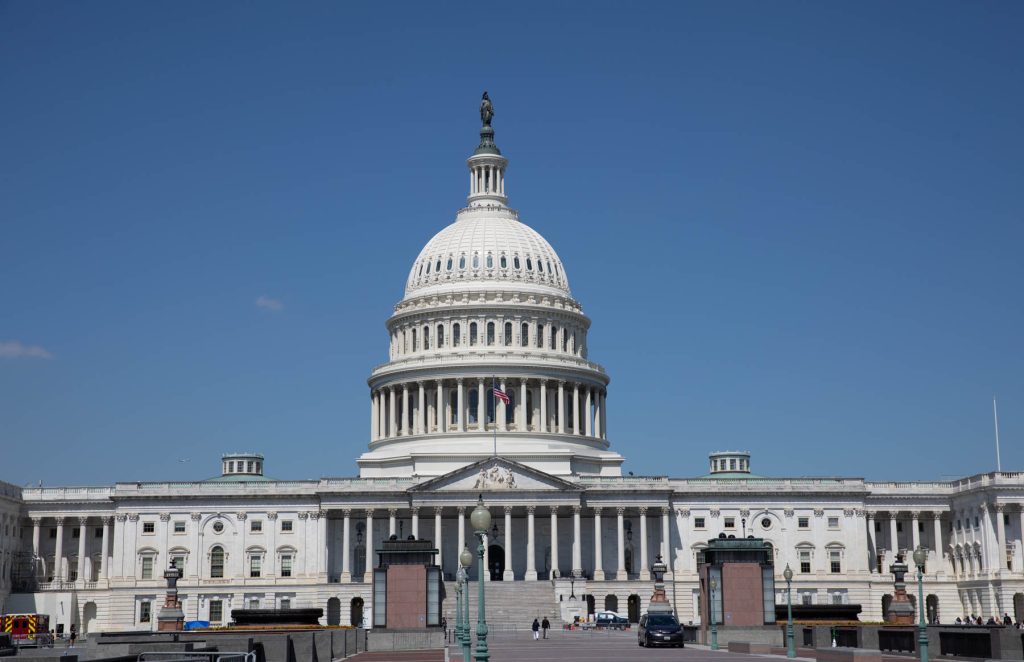As the Energy, Minerals and Natural Resources Department’s Oil Conservation Division reviewed gas capture data submitted by operators, the regulators noticed several companies reporting more than 100 percent gas capture, which OCD Director Adrienne Sandoval said is impossible.
Phase one of the natural gas waste rule, which required data collection to gauge how much gas the operators are currently capturing, has now wrapped up and the second phase is beginning. In phase two, operators will be required to attain increasing rates of gas capture on an annual basis.
Sandoval said the OCD sent letters to 10 companies requiring them to undergo a third-party audit and warned 74 companies to check their data after reporting more than 100 percent gas capture on either their first or second quarterly report.
“That gas capture percentage is important because that is the starting point for operators as they move forward and try to meet the compliance requirements of this rule,” she said.
All operators must achieve 98 percent gas capture by 2026, but some operators have farther to go to reach that target. Two operators reported gas capture rates of less than 60 percent and have been asked to provide plans about how they will come into compliance within 30 days.
EMNRD launched an online portal this week that allows the public to access the natural gas waste reports. It includes both midstream and upstream sites.
This comes on the heels of a congressional report that found operators are likely significantly underreporting emissions in the Permian Basin. The report also found that companies are failing to address super-emitting leaks.
Sandoval said that she has not yet read that report and the launching of the portal was not related to the report. Instead, she said the portal was launched this week because that is when the data was available.
Not all of the operators submitted reports and the OCD issued nine notices of violation and 154 warning letters to companies for failure to submit the gas capture reports. Sandoval said there are about 600 operators in New Mexico.
The process relies heavily on self-reporting by operators, however, if OCD discovers anomalies in the data, Sandoval said the division can require third-party audits.
She said one way to find anomalies is to compare the gas capture reporting data with other reports operators are required to submit to the OCD, such as venting and flaring reports.
If environmental advocacy groups were to conduct surveys and discover that what they are seeing on the ground does not align with what companies are reporting, which can be found using the online portal, EMNRD General Counsel Dylan Fuge said the agency could look at what the non-governmental organizations found and determine if a third-party audit is warranted.

